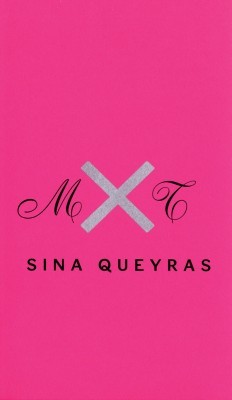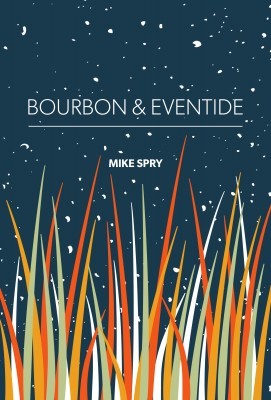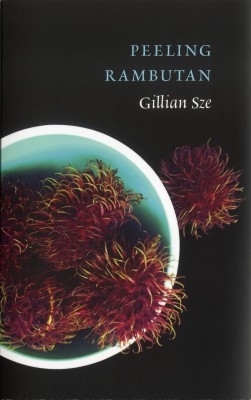A review of Peeling RambutanBourbon & EventideRabbit Punch!Light TakesMxT by Gillian SzeMike SpryGreg SantosMia AndersonSina Queyras
Published on July 17, 2014

MxT
Sina Queyras
Coach House Books
$17.95
paper
96pp
978-1-55245-290-5
The great strength of the book is not in the apparatus – circuit diagrams, tutelary figures – but in the texture. Queyras employs many forms: prose poems, poems in stanzas, representations of postcards, aphorisms (“All mature poets understand the need for dry wood chips”), found poems, concrete poetry. The tour de force is “Elegy Written in a City Cemetery”: each of its 53 lines paraphrases another poet’s elegy and has a footnote. The sources are extraordinarily wide-ranging, from Tibullus to Coleridge to some of the author’s contemporaries, and she clearly knows the elegiac tradition. Queyras alludes to Anne Carson, whose Nox is also an elegy for a sibling, and one of the most ambitious works of our time. “Anne Carson is a footnote in the biography of death. Few of us get a mention,” she writes. Queyras does deserve her own footnote in the tradition of elegy for this ambitious and moving book.

Light Takes
Mia Anderson
Cormorant Books
$20.00
paper
120pp
978-1-77086-419-1

Rabbit Punch!
Greg Santos
DC Books
$17.95
paper
76pp
978-1927599235

Bourbon & Eventide
Mike Spry
Invisible Publishing
$14.95
paper
72pp
9781926743493
I
n
Bourbon & Eventide, Mike Spry has created a postmodern narrative, a kind of redacted novel in tercets, two per page, in which a story is told and sometimes retold with inconsistencies. The story is common enough: two people meet in a liquor store and begin an affair. Boy meets girl, boy loses girl, boy gets girl, girl gets abortion, boy loses girl again, and so on. Mostly boy and girl drink too much. The style is banal, perhaps deliberately so, and the author knows that his story is based on tropes from romantic comedies – but not much is funny. He plays with the clichés: the man’s mother goes out, not for the traditional cigarette but for eggnog, and never comes back. We last see the couple by a lake, emptying a bottle and dancing in tall grass. The norms of storytelling are not broken in an innovative way, and it is hard to take an interest in his rather anonymous characters. There is not enough distance from the romantic clichés.

Peeling Rambutan
Gillian Sze
Gaspereau Press
$19.95
paper
80pp
9781554471331
Bert Almon lives in Edmonton, Alberta. Retired from teaching, he follows the careers of his former students.











0 Comments